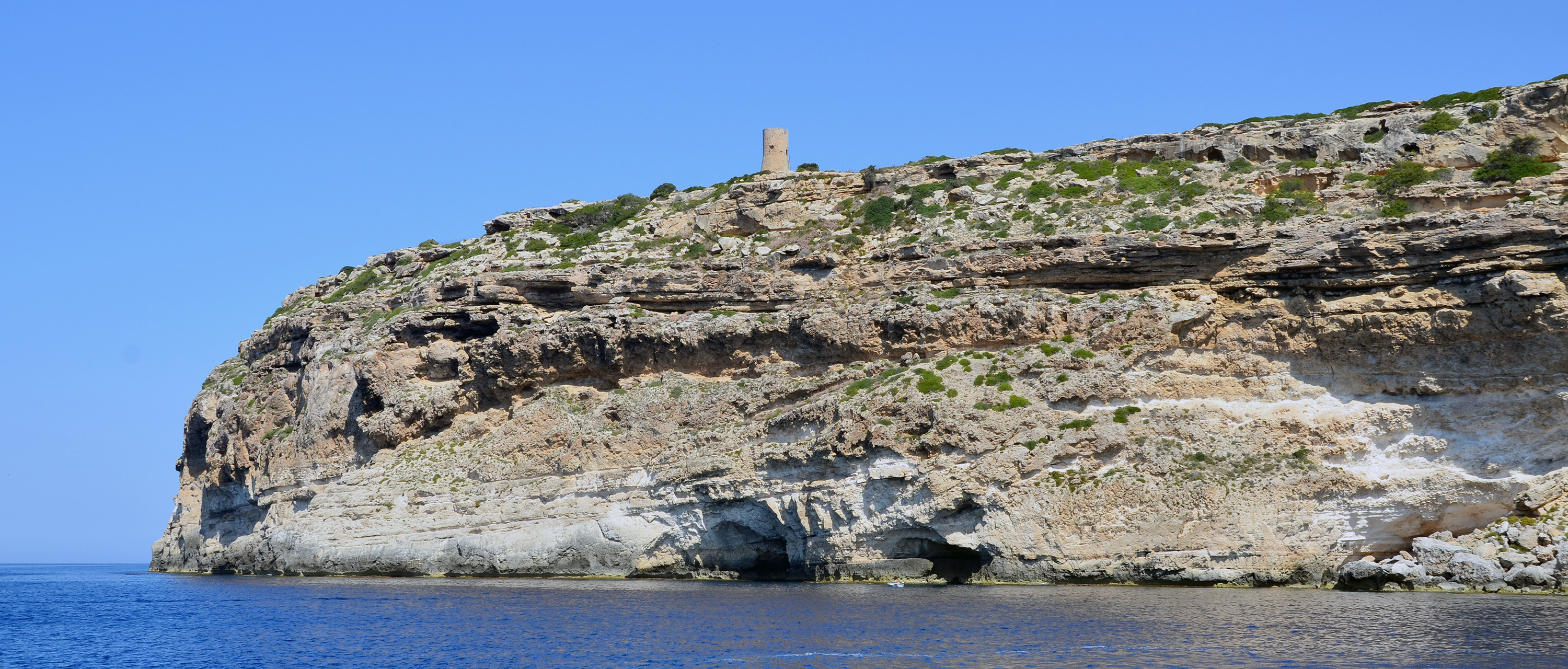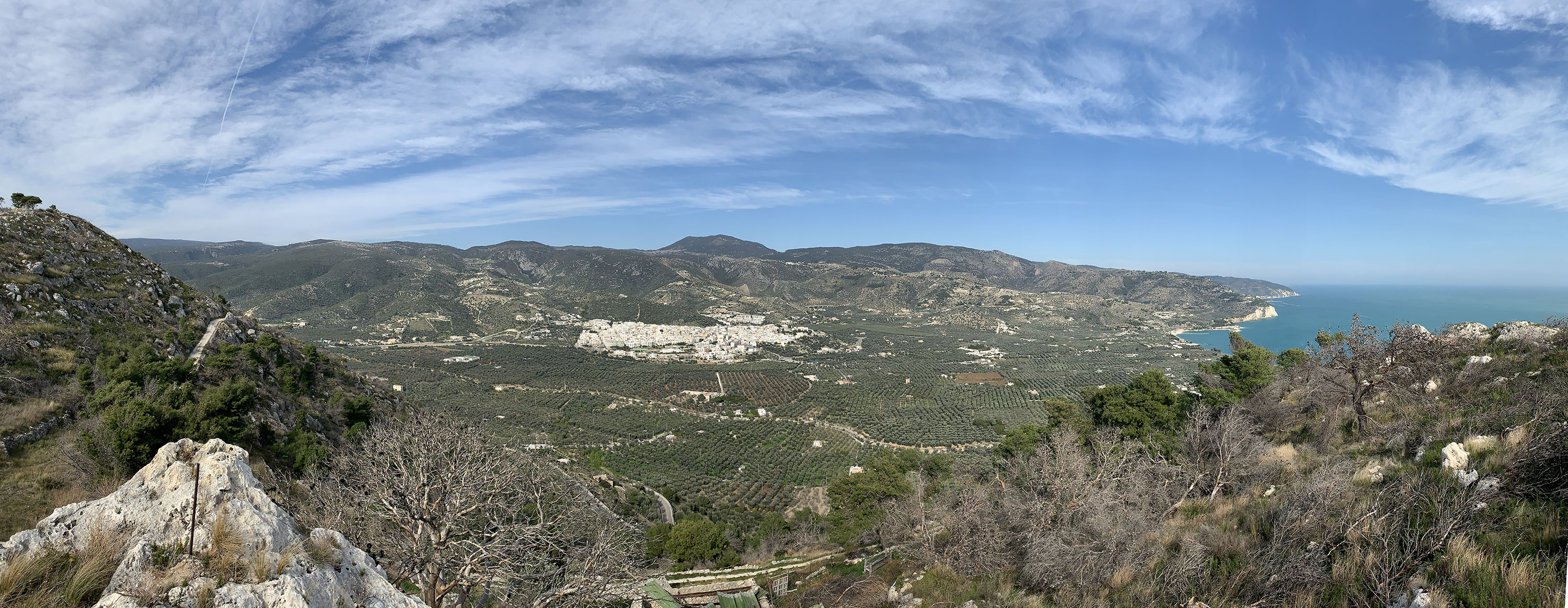Advances in Carbonate Sedimentology
A special issue of Geosciences (ISSN 2076-3263). This special issue belongs to the section "Sedimentology, Stratigraphy and Palaeontology".
Deadline for manuscript submissions: closed (30 September 2022) | Viewed by 15435
Special Issue Editors
Interests: carbonate sedimentology; facies analysis biota and carbonate factories; Meso-Cenozoic carbonate systems; machine learning; field mapping and 3D reconstruction of outcrops; carbonate seismic interpretations; internal waves and carbonates
Interests: Sedimentology, diagenesis, stratigraphy, and facies analysis of modern and ancient carbonate systems; sequence stratigraphy, seismic stratigraphy, and seismic facies analysis of carbonate and mixed carbonate-siliciclastic systems; controls on basin-scale occurrence and seismic-scale geometries of carbonate systems; ecology and paleoecology of reef systems; carbonate reservoir characterization from seismic; forward modeling of carbonate systems
Special Issue Information
Dear Colleagues,
Carbonate systems are the most extensive archive of the Earth’s climate and oceanographic changes, both historical and recent, as well as biological evolution, offering a snapshot of modern reef communities and elucidating critical boundary conditions for predicting ecological response to future climate scenarios. Carbonate rocks are also important energy reservoirs, containing a large percentage of conventional and unconventional hydrocarbon reserves globally. However, a detailed understanding of the sedimentology and diagenetic patterns governing carbonate systems and the relative impact of various controls on carbonate sediment production, facies distribution, and carbonate platform morphology remains elusive. As we narrow the knowledge gap in “how” this complex system works, an increasing number of questions arise around the interactions and relative thresholds of the different controlling factors that create sudden changes in the system. Recent work on carbonate sedimentology has demonstrated the strong interaction between water chemistry, sediment production, and early diagenesis, and facies distribution in both carbonate and mixed carbonate–siliciclastic systems. The integration of geochemical data with more traditional sedimentological data has provided novel and more accurate means to unravel the complex relationships between chemical, biological, ecological, and sedimentary systems. At the same time, access to ever larger datasets and faster processing software allows more accurate analyses and more robust interpretations.
This Special Issue aims at documenting new and recent advances in carbonate sedimentology by collecting original contributions and review articles addressing a wide range of processes across scale, from the formation of carbonate particles, to the controls on sedimentary structures and depositional facies, to the basin-scale tectono-sedimentary and geochemical processes that control type, production, and accumulation of carbonate sediment, and shape of shallow water and slope to basin carbonate systems. Articles published in this Special Issue will cover the underlying relationship between ocean chemistry and carbonate factory type, resedimentation processes, and base-of-slope architecture, as well as the influence of basin topography on sequence stratigraphic evolution through examples from both outcrops and subsurface, and integration of digital outcrop reconstructions, numerical forward modeling, and machine learning approaches.

Mallorca, Balears Islands, Miocene Reef

Platform to basin transition Upper Jurassic Lower Cretaceous Gargano Promontory
Prof. Dr. Michele Morsilli
Prof. Dr. Marcello Minzoni
Guest Editors
Manuscript Submission Information
Manuscripts should be submitted online at www.mdpi.com by registering and logging in to this website. Once you are registered, click here to go to the submission form. Manuscripts can be submitted until the deadline. All submissions that pass pre-check are peer-reviewed. Accepted papers will be published continuously in the journal (as soon as accepted) and will be listed together on the special issue website. Research articles, review articles as well as short communications are invited. For planned papers, a title and short abstract (about 100 words) can be sent to the Editorial Office for announcement on this website.
Submitted manuscripts should not have been published previously, nor be under consideration for publication elsewhere (except conference proceedings papers). All manuscripts are thoroughly refereed through a single-blind peer-review process. A guide for authors and other relevant information for submission of manuscripts is available on the Instructions for Authors page. Geosciences is an international peer-reviewed open access monthly journal published by MDPI.
Please visit the Instructions for Authors page before submitting a manuscript. The Article Processing Charge (APC) for publication in this open access journal is 1800 CHF (Swiss Francs). Submitted papers should be well formatted and use good English. Authors may use MDPI's English editing service prior to publication or during author revisions.
Keywords
- Carbonate sedimentology
- Carbonate factories
- Carbonate systems and biota
- Carbonate facies type and distribution
- Carbonate and environmental perturbations
- Carbonate and climate change
- Machine learning and big data
- Forward modeling
- Seismic interpretation
- Digital outcrop reconstructions
- Diagenesis of carbonate rocks and dolomitization
- Carbonate reservoir and CO2 storage





